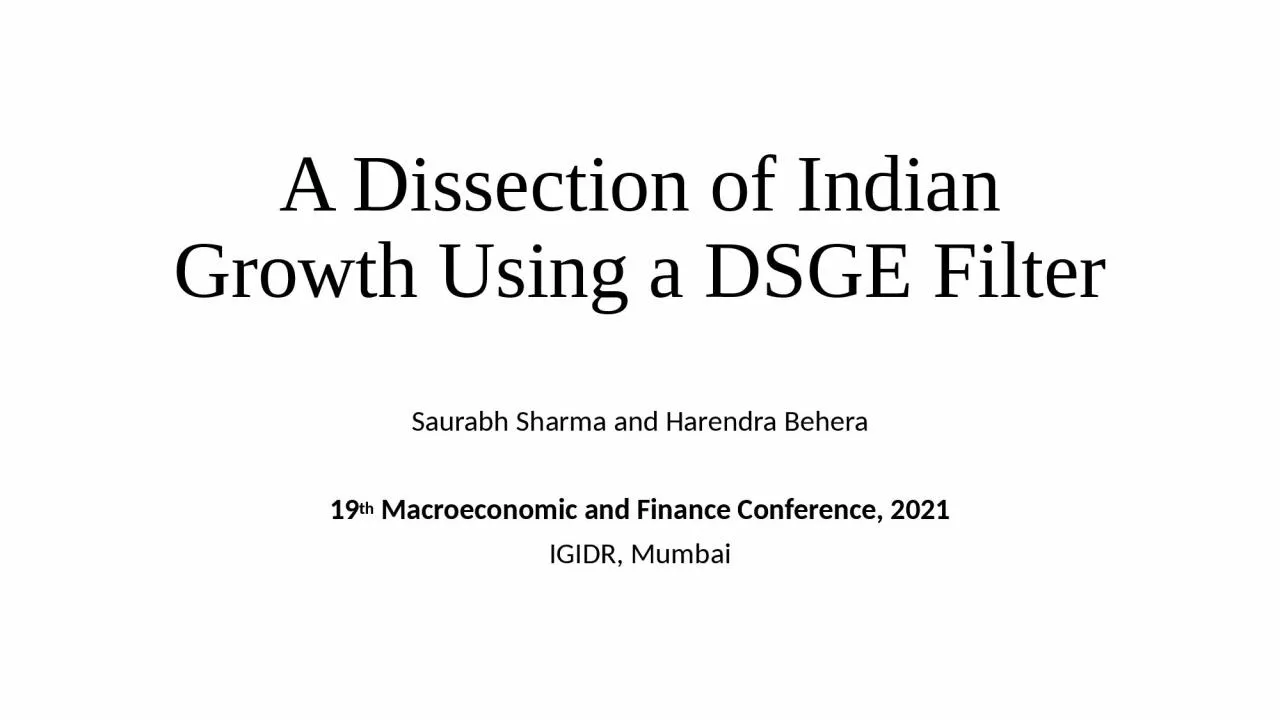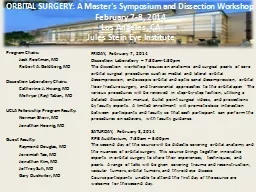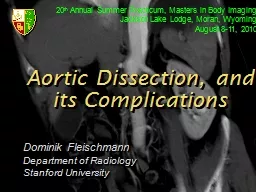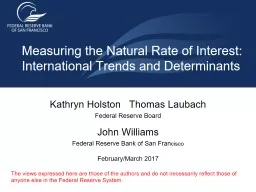PPT-A Dissection of Indian Growth Using a DSGE Filter
Author : melanie | Published Date : 2022-06-20
Saurabh Sharma and Harendra Behera 19 th Macroeconomic and Finance Conference 2021 IGIDR Mumbai Scheme of Presentation Motivation Concepts Model Results Discussion
Presentation Embed Code
Download Presentation
Download Presentation The PPT/PDF document "A Dissection of Indian Growth Using a DS..." is the property of its rightful owner. Permission is granted to download and print the materials on this website for personal, non-commercial use only, and to display it on your personal computer provided you do not modify the materials and that you retain all copyright notices contained in the materials. By downloading content from our website, you accept the terms of this agreement.
A Dissection of Indian Growth Using a DSGE Filter: Transcript
Download Rules Of Document
"A Dissection of Indian Growth Using a DSGE Filter"The content belongs to its owner. You may download and print it for personal use, without modification, and keep all copyright notices. By downloading, you agree to these terms.
Related Documents














